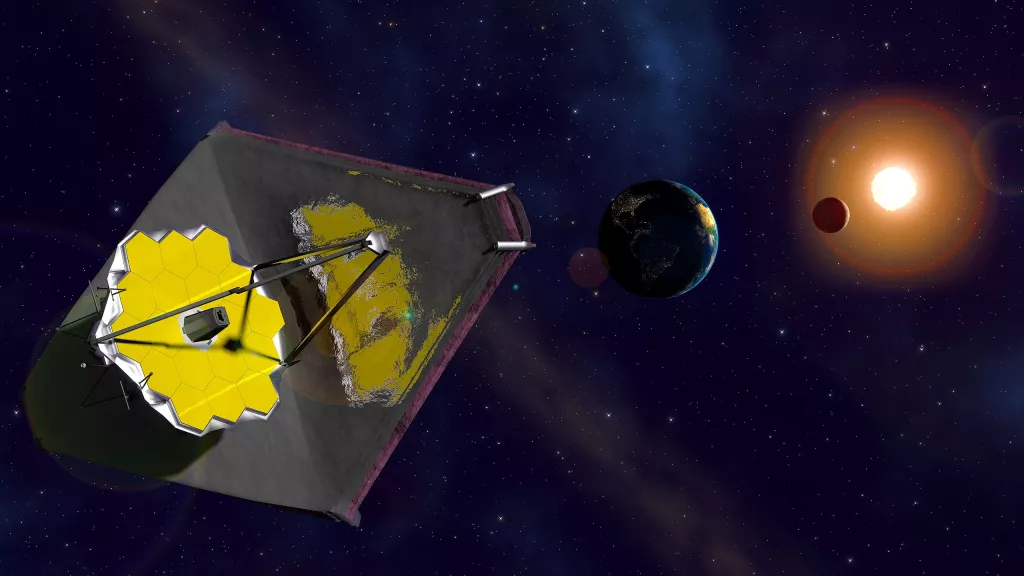The launch of the $93 billion Artemis lunar program disrupted communications with the James Webb telescope

On November 16, the first mission under the Artemis program started. It is a priority for the National Aeronautics and Space Administration (NASA). However, other projects suffer because of this. In particular, the James Webb Space Telescope.
Here's What We Know
The Space Launch System (SLS) rocket sent the Orion spacecraft into space, which is already returning to Earth, having successfully completed some of its missions. But because of it, communication problems with other spacecraft using the Deep Space Network have begun to occur.
The system is used to ensure communication between spacecraft in space and specialists on Earth. The ground part of Deep Space Network consists of 14 antennas, which are located in Australia, Spain and the United States. The main problem is the lack of network capacity. This was confirmed by Mercedes López-Morales of the Harvard-Smithsonian Center for Astrophysics (CfA). The need to communicate with Orion exacerbates the situation.
NASA was aware of the problem, so some antennas underwent an upgrade in early 2021. In addition, the agency added more antennas this spring. However, this does not solve the problem. According to Lopez-Morales, in some cases there can be no communication with the James Webb Space Telescope for 80 hours.
Specialists send teams to the telescope only once a week, so on the one hand, the situation cannot be called a disaster. But there is another side to the coin. The James Webb Space Telescope needs to be able to send data to Earth to free up storage space, in which case long periods of no communication are a problem.
So far NASA has not figured out how to get out of this situation, and the scientists of the James Webb Space Telescope project are concerned about the fact that the $93 billion Artemis program plans regular launches of spacecraft starting in 2024. By the way, the James Webb Space Telescope costs $10 billion.
A temporary solution has been found. At this stage, the Scientific Institute for Space Telescopes in Maryland has made adjustments to the observation schedule. It was decided to concentrate on short-term missions, to eliminate the risk of filling the SSD during periods of no communication.
Source: space